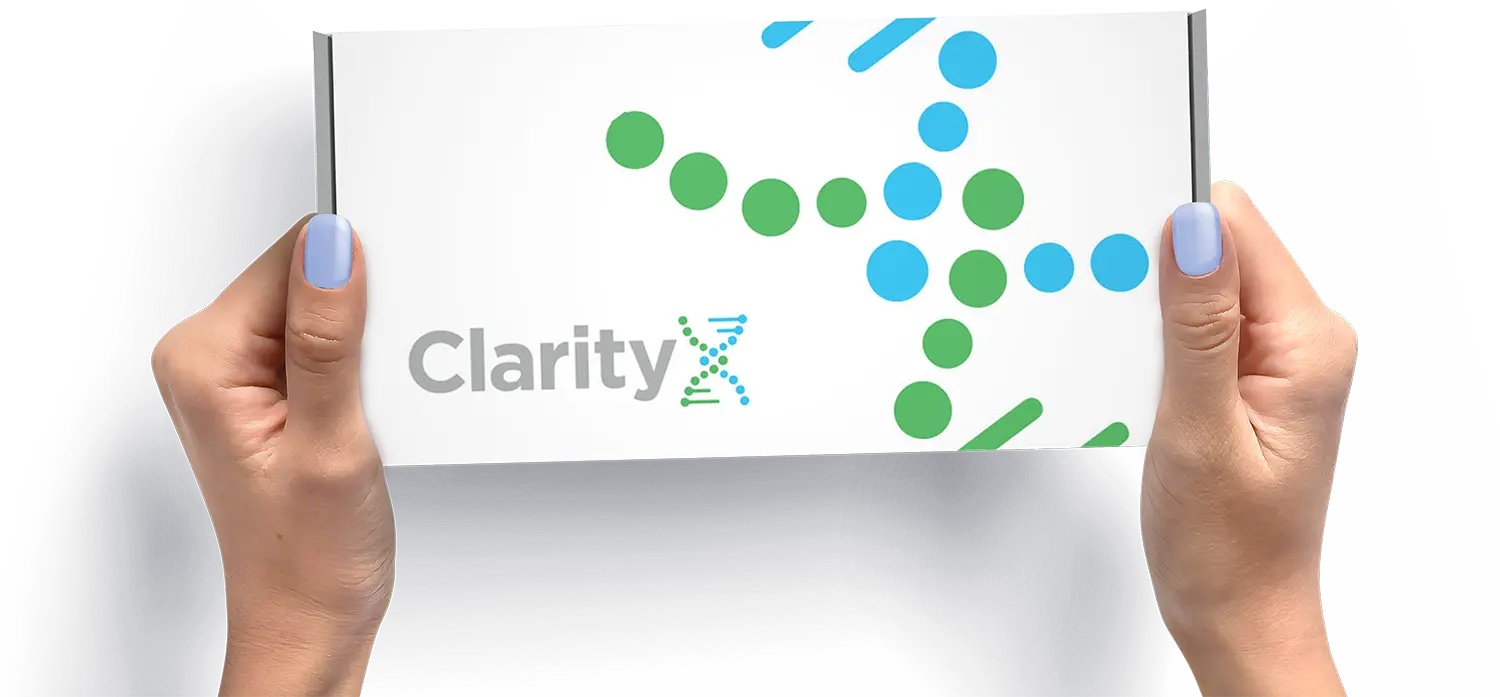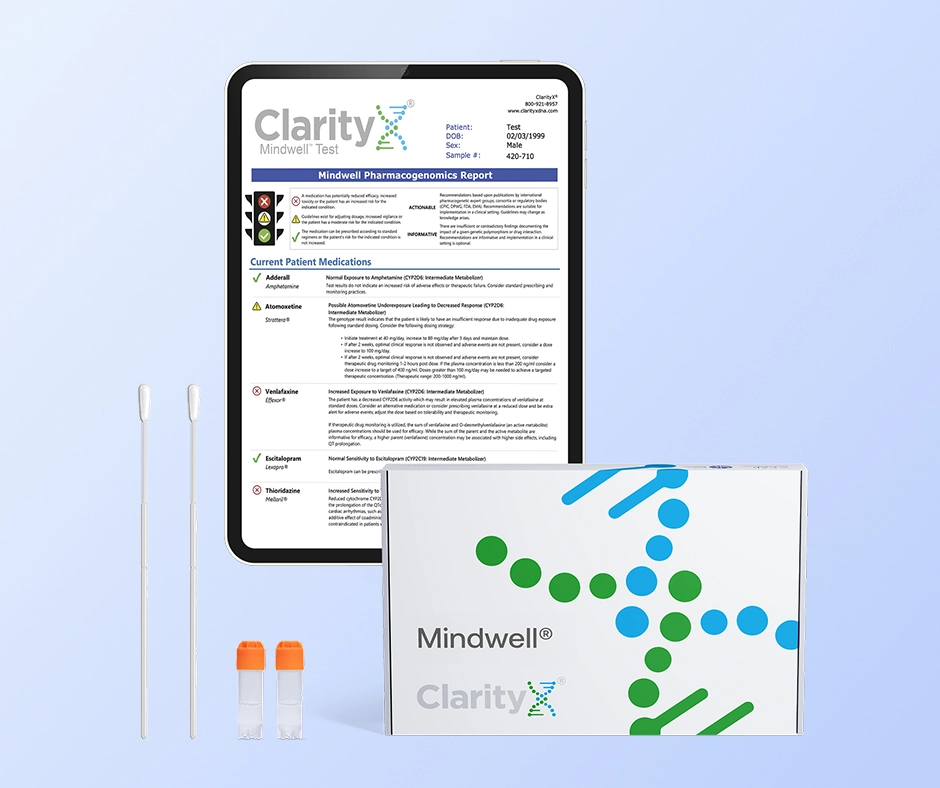Key Highlights
- Canker sores, also known as aphthous ulcers, are painful mouth ulcers found on soft mucous membranes, whereas cold sores primarily appear on or around the lips.
- Cold sores are caused by the herpes simplex virus. Canker sores have varied causes, often triggered by injury, stress, or nutritional deficiencies.
- Unlike cold sores, canker sores are not contagious and are generally confined to the inside of your mouth.
- Cold sores, also referred to as fever blisters, have a red border and are filled with fluid, making them distinguishable in appearance.
- Treatments for cold sores include oral antiviral medications, while canker sores rely on remedies such as hydrogen peroxide rinses or supplements like folic acid.
Introduction
Mouth sores can significantly disrupt your day, making eating, talking, and even smiling a challenge. The two most common types are canker sores and cold sores. While both can be quite painful, they are distinctly different. They stem from different causes, present with unique symptoms, and require tailored treatment approaches. Whether these painful sores are aphthous ulcers inside your mouth or fever blisters caused by the herpes simplex virus, understanding their differences is key to effective management.
Defining Canker Sores and Cold Sores
Canker sores (also known as aphthous ulcers) are painful sores that appear inside the mouth. There's no clear external cause. These canker sores can be caused by numerous factors, such as stress, mouth injuries, or nutritional deficiencies. A cold sore, sometimes known as a fever blister, is different. It is caused by the herpes simplex virus. Cold sores usually show up outside the mouth, mostly on the lips. They are highly contagious, easily passing from person to person. These viral infections also present with distinct signs that help differentiate them from canker sores.
What Are Canker Sores?
Canker sores are small and painful mouth ulcers. They can show up on any of the mucous membranes in your mouth. Some places you may find them are the inner cheeks, your tongue, or even on your soft palate. They usually have a white or yellow middle with a clear red border around them.
The cause of canker sores isn't straightforward; many factors can trigger them. They might stem from irritation inside your mouth (like from sharp foods or teeth) or nutritional deficiencies (such as a lack of folic acid or zinc). Stress or hormonal fluctuations can also lead to these painful mouth ulcers
Even though canker sores are uncomfortable, they're not contagious. When they start to heal, these ulcers might turn gray. They usually disappear on their own in one or two weeks. If you get big mouth ulcers or have them a lot, you should talk to a healthcare provider for treatment options that are just right for you.
What Are Cold Sores?
A cold sore, also known as a fever blister, is caused by the herpes simplex virus, usually type 1 (HSV-1). These viral infections appear as painful blisters filled with fluid, mostly on or near the lips.
At the start of a cold sore outbreak, you might feel tingling, itching, or burning where the sore will emerge, even before you see any blisters. Later, these blisters break open, leak fluid, and then crust over as they begin to heal. This entire process can take one to two weeks for the area to fully recover. Cold sores are contagious
You can catch cold sores through close skin contact or by sharing personal items. Many people experience more outbreaks when they're stressed, exposed to strong sun, or when their immune system is weakened.
Doctors often prescribe oral antiviral medications to slow down the infection and help you feel better faster. These antiviral medications are particularly helpful in managing a cold sore outbreak.
Main Differences Between Canker Sores and Cold Sores
The primary distinctions between canker sores and cold sores lie in their causes and appearance. Canker sores stem from the primary distinctions between canker sores and cold sores lie in their causes and appearance. Canker sores often arise from factors like stress, physical injury, or a lack of essential nutrients. These non-contagious ulcers appear inside the mouth and do not spread from person to person.
Cold sores, however, are caused by an infection with the herpes simplex virus. You'll typically spot them as small, fluid-filled blisters outside the mouth, usually on the lips. Because of these fundamental differences, their treatments may vary. Canker sore treatment focuses on reducing pain and promoting healing within the mouth. For cold sores, antiviral medications are necessary to manage the virus and accelerate healing.
Causes and Triggers
Understanding the different causes of canker sores and cold sores can help you prevent these painful sores from appearing.
While canker sores can be triggered by mouth injuries or certain foods, an underlying cause is often nutritional deficiencies like low iron, folic acid, or zinc. Nutrigenomic testing offers a powerful, personalized way to address this root cause. This type of testing analyzes your unique genetic profile to determine if you are predisposed to lacking certain nutrients. For example, it can identify a genetic variant that impairs your body's ability to utilize B-vitamins effectively, guiding you toward a more targeted supplement plan to help prevent future outbreaks.
Cold sores are distinctly different. They are caused by the herpes simplex virus (HSV) type 1 or 2.
Many factors can trigger the virus to become active again, including stress, hormonal changes, sun exposure, and illness. Close contact, such as through oral sex, can also facilitate the spread of this viral infection.
Understanding the nuances of canker sores and cold sores reveals a complex interplay of triggers. Whether it's nutritional deficiencies, a viral infection like herpes simplex virus, consuming acidic foods, or factors such as hormonal changes and oral sex, living with these painful sores can be tough. However, knowing what brings them on empowers you to properly manage and potentially prevent future outbreaks.
Location and Appearance
Canker sores emerge inside the mouth, typically on soft tissues such as your cheeks, tongue, or gums. They often present as small, round or oval ulcers with a white or yellow center surrounded by a red border. Occasionally, canker sores can also appear on the roof of your mouth or the soft palate.
Conversely, cold sores are almost exclusively found outside the mouth, most commonly at the corners of the mouth or on the lips. Their appearances differ, initially appearing as a cluster of small, fluid-filled blisters that later dry up and form a crust. Cold sores rarely appear on the inner surfaces of the mouth.
This clear distinction in where they appear and how they look helps people identify whether they're dealing with a canker sore or a cold sore.
Symptoms to Watch For
Both types of sores share some general symptoms, but each has distinct characteristics. A cold sore typically begins with a tingling or burning sensation on the lips. You'll then likely see small clusters of fluid-filled blisters. In more severe outbreaks, you might also experience swollen lymph nodes or a fever.
Canker sores, however, are not contagious and don't spread from person to person. If you have severe canker sores, you might experience significant fatigue or difficulty eating. Recognizing these signs early allows you to begin treatment sooner, which can lead to faster healing and feeling better.
Signs of a Canker Sore
Here's how you can tell if you have a canker sore:
- They're typically small, round sores with a white, gray, or yellow center and a bright red border.
- You'll likely feel pain, especially when eating spicy or acidic foods.
- These sores appear only inside your mouth, often on soft tissues such as your inner cheeks or tongue.
- Sometimes, you might feel a burning or tingling sensation in the spot even before the sore becomes visible.
Some health problems, such as celiac disease or certain nutritional deficiencies, may make canker sores worse. For example, not having enough folic acid or not making enough hydrogen peroxide in the body can add to the problem. Regular treatment, such as prescription mouth rinses, can help manage the pain and promote the healing of canker sores.
Signs of a Cold Sore
Symptoms of a cold sore outbreak often include:
- Painful, fluid-filled blisters that appear in clusters, typically around the lips.
- A tingling or itching sensation in the affected area, often felt even before the blisters emerge.
- The sores will eventually form a scab and can take a couple of weeks to fully heal.
- Other signs can include muscle aches or a fever. In cases of new infections, genital herpes can also occur.
Medications for Canker Sores and Cold Sores
While both canker sores and cold sores appear in or around the mouth, they are caused by different factors and require different treatment approaches.
Canker Sore Medications:
Antimicrobial Rinses: Rinses containing chlorhexidine or hydrogen peroxide can help keep the sore clean and prevent secondary infection, although they do not directly treat the canker sore itself.
Protective Coatings: Products that form a protective barrier over the sore can shield it from irritation, allowing it to heal
Oral Medications: For frequent or severe canker sores, a doctor might prescribe oral medications such as colchicine or corticosteroids, or recommend supplements if a deficiency is identified.
Topical Steroids: Prescription corticosteroids can reduce inflammation and speed healing for severe or persistent canker sores.
Topical Anesthetics: These numb the area to provide temporary pain relief. Common ingredients include benzocaine, lidocaine, or tetracaine. They are available in gels, creams, or sprays.
Cold Sore Medications:
Pain Relievers (Oral): Over-the-counter pain relievers such as ibuprofen or acetaminophen can help manage the pain and fever sometimes associated with cold sores.
Drying Agents: Some products contain alcohol or other drying agents to help dry out the blister, though this doesn't treat the virus itself.
Topical Anesthetics/Pain Relievers: Creams or gels containing lidocaine or benzocaine can help numb the pain and discomfort associated with cold sores.
Prescription Oral Antivirals: For more severe or frequent outbreaks, a doctor may prescribe oral antiviral medications. These are most effective when taken at the very first sign of an outbreak. They can also be prescribed for suppressive therapy to prevent future outbreaks.
Antiviral Creams: Over-the-counter antiviral creams can shorten the healing time if applied at the first sign of a tingle or blister.
Conclusion
To sum things up, understanding the distinctions between canker sores and cold sores is crucial for proper care and the most effective treatment. Both can cause significant discomfort, but they arise from different causes and display unique signs.
Knowing whether you have a canker sore or a cold sore ensures you get the help that truly fits your needs. It also guides you on how to prevent future mouth sores. If you frequently experience mouth sores or are concerned about them, it's always wise to speak with a healthcare professional. They can provide personalized advice and treatment options that are right for you. Don't hesitate to seek support if you have any worries about your oral health.
Frequently Asked Questions
Can you prevent canker sores or cold sores?
Yes, you can absolutely take steps to prevent both canker sores and cold sores. For canker sores, try to avoid acidic foods, as these can often trigger outbreaks. Maintaining proper dental hygiene is also key. When it comes to cold sores, the main goal is to prevent the virus from spreading or reactivating. Avoid close skin contact with others when you have an active sore. Practicing good hygiene and using antiviral creams during times of stress can help reduce how often cold sores appear.
Are canker sores or cold sores contagious?
Canker sores are not contagious. They don't stem from the herpes simplex virus. Cold sores, on the other hand, spread easily. They spread through things like kissing or by sharing items such as towels. It is good to stay away from close contact with others during an outbreak to keep them safe.
How long do canker sores and cold sores last?
Both canker sores and cold sores generally clear up within a couple of weeks. For healthy individuals, canker sores often resolve in 7 to 14 days, and cold sores typically heal in a similar timeframe. Applying appropriate treatments to either type of sore can help speed up the healing process.
What are the best treatments for each type of sore?
For canker sores, simple remedies like soothing rinses or topical aids can help ease the pain. Cold sores, however, require antiviral medications, ideally applied or taken as soon as you feel one starting. The key to finding relief is to choose the treatment that specifically matches the type of sore you have.
When should I see a doctor about mouth sores?
You should see a doctor if your mouth sores last longer than two weeks. It's especially important to get help if you develop large canker sores (aphthous ulcers) or if your symptoms make daily life challenging. If you frequently experience mouth sores, consulting a healthcare provider for advice is recommended.
References:
https://www.who.int/news-room/fact-sheets/detail/herpes-simplex-virus
https://my.clevelandclinic.org/health/body/23930-mucosa
https://www.mayoclinic.org/diseases-conditions/celiac-disease/symptoms-causes/syc-20352220
https://www.healthline.com/health/dental-and-oral-health/soft-palate#definition
https://www.mountsinai.org/health-library/symptoms/swollen-lymph-nodes





